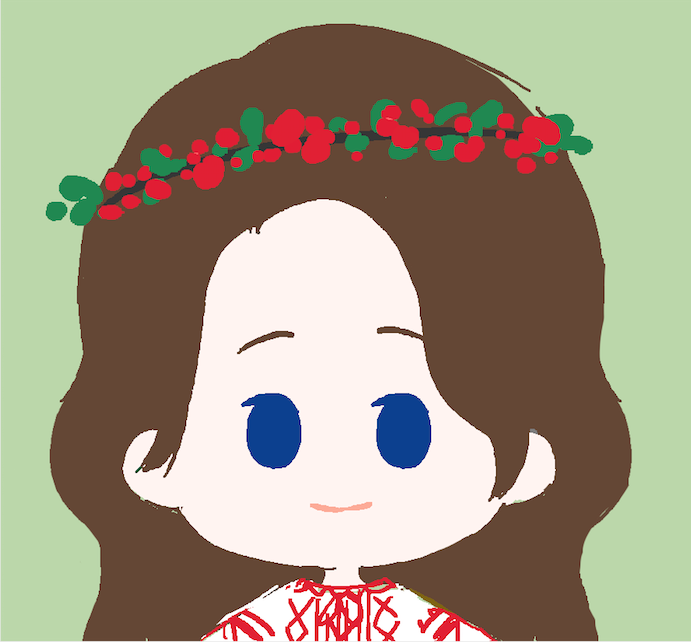The classification of phraseological units by components can be carried out on the basis of universal basic codes of culture, which are reflected in all languages of the world and express a person's perception of the world fixed in the language. Today I wanted to share some universal culture codes with Japanese idioms.
Sharing interesting Japanese idioms

Body code - based on the symbolic functions of different parts of the body. For example, emotions:
- joy (胸がいっない /mune-ga ippai/ heart is overflowing);
- sadness (胸が痛む /mune-ga itamu/ heart hurts);
- fear (胸を冷やふ /mune vo hiyasu/ chest got cold);
- astonishment (目を皿にする /me-o sara-ni suru/ the eyes became round, like saucers);
- anger (腹が立つ /hara-ga tatsu/ to be angry (lit. belly bulges out);
- relief (肩の荷を下ろす /kata-no ni-o orosu/ take the burden off your shoulders), etc.
Phraseologisms with a body component, of course, exist not only to indicate a person's emotional state, for example: 首にする /kubi-ni suru/ to free (lit. to make around the neck);顔が広い /kao-gahiroi/ to have many acquaintances (lit. wide face).
- joy (胸がいっない /mune-ga ippai/ heart is overflowing);
- sadness (胸が痛む /mune-ga itamu/ heart hurts);
- fear (胸を冷やふ /mune vo hiyasu/ chest got cold);
- astonishment (目を皿にする /me-o sara-ni suru/ the eyes became round, like saucers);
- anger (腹が立つ /hara-ga tatsu/ to be angry (lit. belly bulges out);
- relief (肩の荷を下ろす /kata-no ni-o orosu/ take the burden off your shoulders), etc.
Phraseologisms with a body component, of course, exist not only to indicate a person's emotional state, for example: 首にする /kubi-ni suru/ to free (lit. to make around the neck);顔が広い /kao-gahiroi/ to have many acquaintances (lit. wide face).
Spatial code - related to the space around a person. These idioms include words to indicate the division of space (e.g. 前 /mae/ in front of, 近い/chikai/ close, 半分/hambun/ half, etc.)
初め半分 /hajime hanbun/ a good start is half the battle;
上を下へ /ue-o shita-e/ up and down;
後ろを見せる /ushiro-o miseru/ to run away (lit. to show the back);
初め半分 /hajime hanbun/ a good start is half the battle;
上を下へ /ue-o shita-e/ up and down;
後ろを見せる /ushiro-o miseru/ to run away (lit. to show the back);
Time code - implemented in phraseological units with a component for marking time segments:
嘘は一時 /uso wa ittoki/ a lie is short-lived (because sooner or later it is exposed),
昨日の淵は今日の瀬 /kino: no fuchi wa kyo: no se/ everything in life changes quickly (lit. yesterday's abyss today is a shoal).
嘘は一時 /uso wa ittoki/ a lie is short-lived (because sooner or later it is exposed),
昨日の淵は今日の瀬 /kino: no fuchi wa kyo: no se/ everything in life changes quickly (lit. yesterday's abyss today is a shoal).
Subject code - related to objects that surround a person and fill the living space; for the most part, these are traditional household items that people have been using for a long time. The subject code of culture is reflected, for example, in the following phraseological units:
歯に衣着せぬ /ha-ni kinu kisenu/ tell it like it is (lit. don't put a kimono on your teeth);
籠で水汲む /kago-de mizu kumu/ carry water in a sieve (lit. collect water with a wicker basket);
針の筵に坐る /hari-no mushiro-ni suwaru/ fill uncomfortable (lit. sit on a needle mat).
歯に衣着せぬ /ha-ni kinu kisenu/ tell it like it is (lit. don't put a kimono on your teeth);
籠で水汲む /kago-de mizu kumu/ carry water in a sieve (lit. collect water with a wicker basket);
針の筵に坐る /hari-no mushiro-ni suwaru/ fill uncomfortable (lit. sit on a needle mat).
Biomorphic code - related to the living things that surround a person, as well as the plant life:
牛の歩み/ushi-no ayumi/ turtle step (lit. cow step);
顔に紅葉を散らす /kao-ni momiji-o chirasu/ to blush (lit. to spread red maple leaves over the face).
The biomorphic code generates is a double metaphorization: first, animals and plants are attributed human traits, and then their signs are used to denote human behavior, character, etc.
牛の歩み/ushi-no ayumi/ turtle step (lit. cow step);
顔に紅葉を散らす /kao-ni momiji-o chirasu/ to blush (lit. to spread red maple leaves over the face).
The biomorphic code generates is a double metaphorization: first, animals and plants are attributed human traits, and then their signs are used to denote human behavior, character, etc.
Spiritual code - consists of spiritual and moral values. This code is implemented in phraseological units with the help of words to indicate the concepts of good and evil, as well as creatures from the mythical and religious sphere that these concepts symbolize, for example:
鬼の涙 /oni-no namida/ cry hard (lit. devilish tears);
知らぬが仏 /shiranu-ga hotoke/ he who knows less, sleeps better (lit. ignorance is the Buddha);
悪事を働く/akuji-o hataraku/ to commit a crime.
What idioms do you know? Share in the comments!
鬼の涙 /oni-no namida/ cry hard (lit. devilish tears);
知らぬが仏 /shiranu-ga hotoke/ he who knows less, sleeps better (lit. ignorance is the Buddha);
悪事を働く/akuji-o hataraku/ to commit a crime.
What idioms do you know? Share in the comments!

